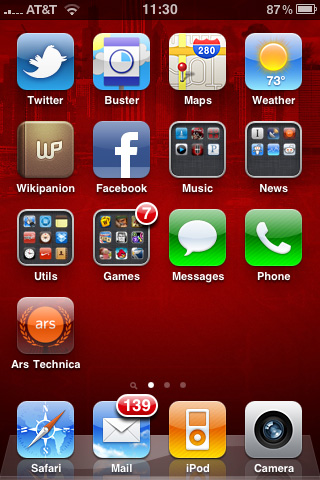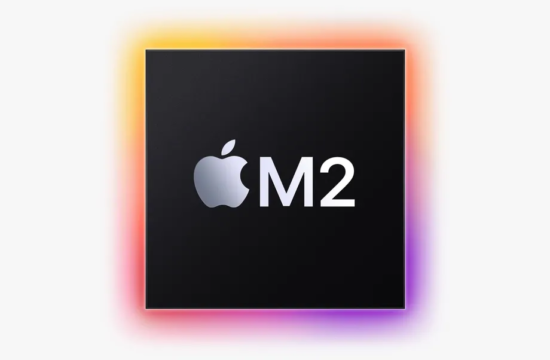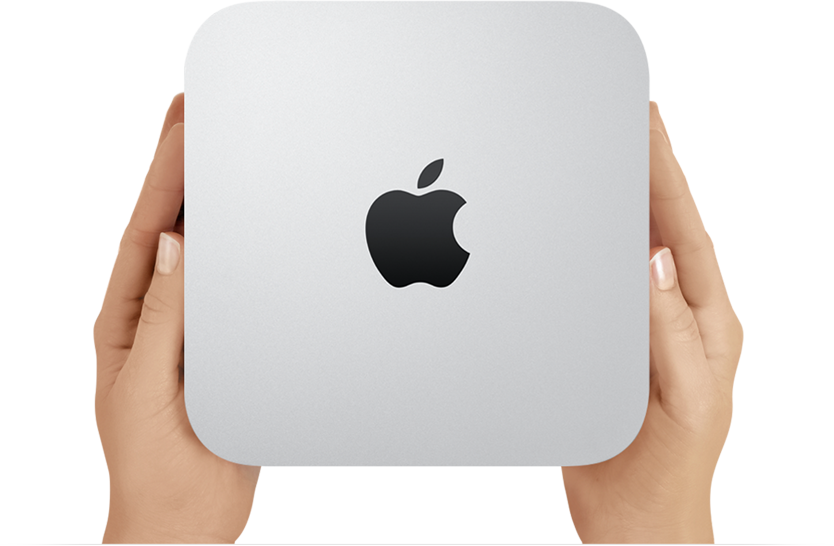Apple has just released iOS 4, previously known as iPhone OS 4, a major update to the mobile OS running on it’s mobile devices. iOS 4 brings in a handful of significant changes—the most awaited of which is Apple’s implementation of “multitasking”— and a slew of tweaks and improvements to existing functionality.
If you’re wondering whether you’ll be getting the update, iOS 4 is available only for the following Apple devices: iPhone 4, iPhone 3GS, and iPhone 3G users (as well as second- and third-generation iPod touch users). No iPad. iPhone users will get the update for free while iPod touch users will need to shell out some cash for it.
The new iOS version’s multitasking can be quite confusing to some as it’s significantly different from what we’ve seen with our desktops and of course Android. In a sense, multitasking for 3rd party applications is somewhat limited, at least when compared to what native Apple apps can do. Here’s a list of what apps can and can’t do:
- Audio: you can now listen to streaming music from apps, like Pandora or newscasts through the NPR app, while doing other activities on your phone. Previously, you would have to quit out of the app (and therefore stop your music stream) if you wanted to respond to an SMS or read your e-mail, and now that’s no longer the case. Hallelujah.
- VoIP: similarly, you can carry on Voice Over IP calls on services like Skype without having to quit the app if you need to perform other tasks.
- Location: apps that need to poll your location, such as GPS and direction apps, will be able to do so in the background. No longer will you need to keep the app in the foreground just so it can keep track of where you are.
- Local notifications: third-party apps no longer have to rely solely on push notifications if they want to alert you of something on your phone. If you have an alert set in, say, one of Omni’s applications, it can ping you when the time comes instead of having to go through a convoluted series of Internet tubes to get to you. This, of course, reduces your reliance on an Internet connection to get certain types of alerts and helps cut down on overall wireless bandwidth.
- Complete tasks: if you start a task in an application and then switch to another one (such as downloading a new map in your favorite game), it can now complete the task in the background instead of forcing you to sit there and wait on it.
- Fast app switching: this is basically “pausing” an app where it is, which allows you to quickly switch away from it and then switch back, picking up where you left off.
What can’t your third-party apps do while in the background?
- Grab new updates: those of you who were hoping that your Twitter, IM, or IRC client would pull down updates while hanging out in the background will be disappointed. Unless those apps make use of push notifications to alert you of new messages (as the AIM app does), apps won’t be able to check for updates on their own unless they’re in the foreground.
- Work across the entire OS: users have long hoped that some of their favorite apps (such as TextExpander) would be able to work in all parts of the OS, such as Mail and Messages, but that won’t be the case. This isn’t Mac OS X here—Apple still wants to keep each app to itself for the most part.
Like what you see? Ars has a complete review of the iOS 4.








Comments
Comments are closed.